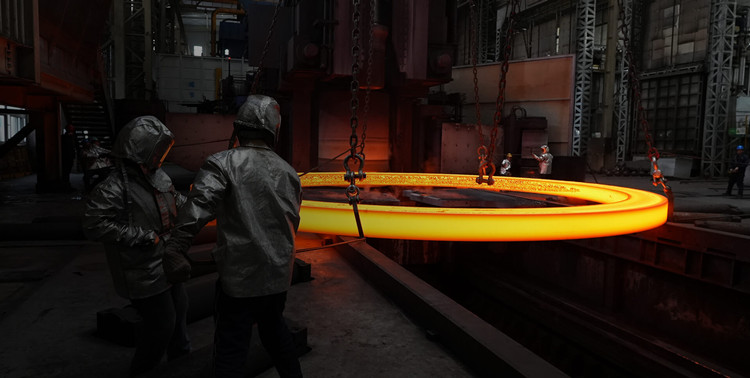- tyler@kirail.com
- +86 15603721115
Forgings belong to the building materials industry and are widely used. Conceptually, forgings refer to objects that are formed into the desired shape or appropriate compression force by plastic deformation of metal after pressure is applied.
Forgings are forged by forging equipment on bar materials. Generally, they cannot forge more complex workpieces and require greater processing capacity, but forgings have dense structure and are not prone to internal defects. Therefore, they are widely used in parts processing with higher requirements, such as valve seats, valve cores, valve stems, etc. Forged valve bodies are also widely used in high-pressure and highly corrosive alloy valves.
Compared with castings, forged valves have more uniform valve body structure, higher density, better strength integrity, better dimensional characteristics, and smaller dimensional errors. Directed structures (pipelines) have higher performance than castings in terms of overall strength and stress.

1. High strength
Hot forging promotes crystallization and grain refinement, so that the material can achieve the highest possible strength and consistency while minimizing the differences between components. Particles flow precisely along the contour of the valve body. These continuous streamlines help reduce the occurrence of fatigue or common failures.
2. Structural Integrity
Forging eliminates internal defects and produces a consistent metallographic structure, ensuring superior performance. Where stress and intragranular corrosion are serious problems, forgings provide long service life and trouble-free operation. Reliability - Structural Integrity Forging eliminates internal defects and produces a consistent metallographic structure, ensuring superior performance. Where stress and intragranular corrosion are serious problems, forgings provide long service life and trouble-free operation.
3. Quality Assurance
By using consistent and high-quality forgings, primary castings do not require X-ray inspection. The U.S. Navy takes the same approach when using forgings as components for nuclear submarines and aircraft carriers. All ASME codes require forgings to be tested by ultrasonic testing (UT), magnetic particle testing (MT), or liquid penetrant testing (PT). Scrap forgings found by UT, MT, or PT methods are very rare. Valve delivery is more reliable due to controlled lead times for purchased components. Directly configured valve bodies have creep fatigue strength more than 3 times higher than castings under conditions of large temperature changes.